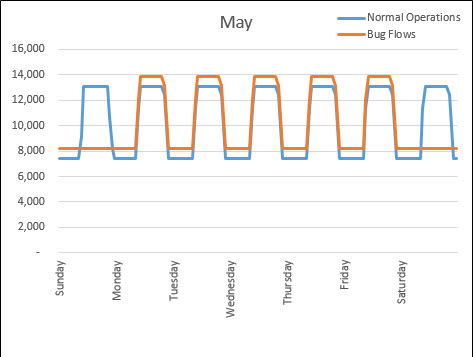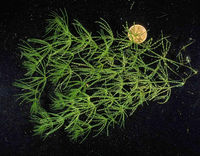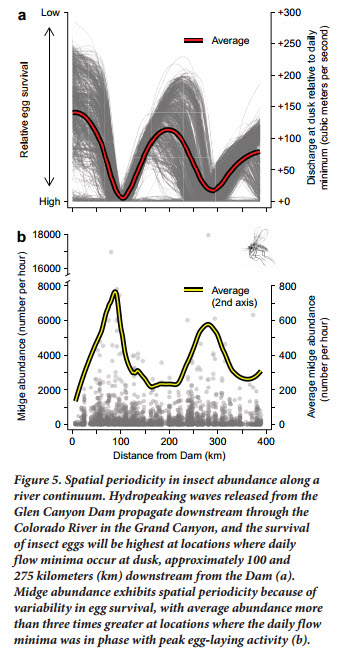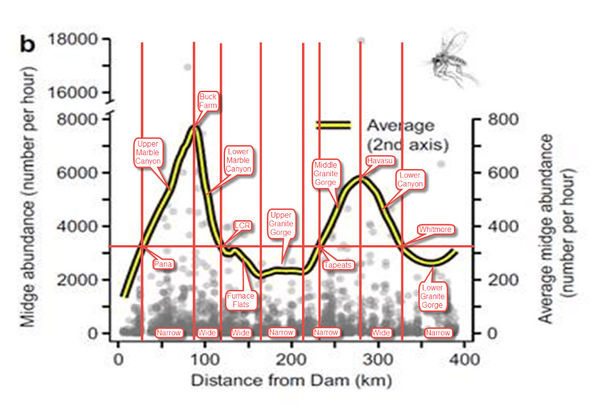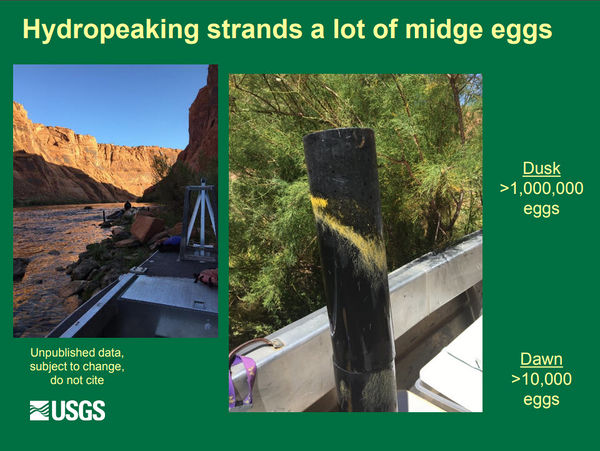Difference between revisions of "The Bugflow Experiment"
Cellsworth (Talk | contribs) |
Cellsworth (Talk | contribs) |
||
| Line 39: | Line 39: | ||
|class="MainPageBG" style="width:65%; border:1px solid #cef2e0; background:#f5faff; vertical-align:top; color:#000;"| | |class="MainPageBG" style="width:65%; border:1px solid #cef2e0; background:#f5faff; vertical-align:top; color:#000;"| | ||
{|width="100%" cellpadding="2" cellspacing="5" style="vertical-align:top; background:#f5faff;" | {|width="100%" cellpadding="2" cellspacing="5" style="vertical-align:top; background:#f5faff;" | ||
| − | ! <h2 style="margin:0; background:#cedff2; font-size:120%; font-weight:bold; border:1px solid #a3bfb1; text-align:left; color:#000; padding:0.2em 0.4em;"> | + | ! <h2 style="margin:0; background:#cedff2; font-size:120%; font-weight:bold; border:1px solid #a3bfb1; text-align:left; color:#000; padding:0.2em 0.4em;"> Updates </h2> |
|- | |- | ||
|style="color:#000;"| | |style="color:#000;"| | ||
| − | |||
| − | |||
| − | |||
| − | |||
| − | |||
| − | |||
| − | |||
| − | |||
| − | |||
| − | |||
| − | |||
| − | |||
| − | |||
| − | |||
| − | |||
| − | |||
| − | |||
| − | |||
| − | |||
| − | |||
| − | |||
| − | |||
| − | |||
| − | |||
| − | |||
| − | |||
| − | |||
| − | |||
| − | |||
| − | |||
| − | |||
| − | |||
| − | |||
| − | |||
| − | |||
| − | |||
| − | |||
| − | |||
| − | |||
| − | |||
| − | |||
| − | |||
| − | |||
| − | |||
| − | |||
|- | |- | ||
| Line 198: | Line 153: | ||
|- | |- | ||
| − | ! <h2 style="margin:0; background:#cedff2; font-size:120%; font-weight:bold; border:1px solid #a3b0bf; text-align:left; color:#000; padding:0.2em 0.4em;"> | + | ! <h2 style="margin:0; background:#cedff2; font-size:120%; font-weight:bold; border:1px solid #a3b0bf; text-align:left; color:#000; padding:0.2em 0.4em;">LTEMP descriptions</h2> |
|- | |- | ||
|style="color:#000;"| | |style="color:#000;"| | ||
| + | |||
| + | ==The Bugflow Experiment: [http://ltempeis.anl.gov/documents/final-eis/vol1/Chapter_2-Alternatives.pdf (Chapter 2 LTEMP EIS, Page 71)]== | ||
| + | |||
| + | A more diverse and productive aquatic food base could benefit a variety of priority | ||
| + | resources, including native fish (including the endangered humpback chub), the rainbow trout | ||
| + | fishery, and other riparian species that occur in Glen, Marble, and Grand Canyons. Mayflies | ||
| + | (Ephemeroptera), stoneflies (Plecoptera), and caddisflies (Trichoptera), collectively referred to as | ||
| + | EPT, are important components of a healthy aquatic food base, but they are notably absent from | ||
| + | the Glen and Marble Canyon reaches and very low in abundance and diversity in the Grand | ||
| + | Canyon. GCMRC has hypothesized that EPT taxa are recruitment limited, because daily flow | ||
| + | fluctuations to meet hydropower demand cause high egg mortality, and the absence of EPT has | ||
| + | an adverse effect on the carrying capacity and condition of the trout fishery and native fish | ||
| + | communities. EPT are thought to be recruitment limited because Glen Canyon Dam fluctuations | ||
| + | create a large varial (intermittently wetted) zone along shorelines. Because the Colorado River in | ||
| + | Glen, Marble, and Grand Canyons is canyon-bound and the tributaries that join the river all have | ||
| + | comparatively low flow, the size of the varial zone does not appreciably decrease with distance | ||
| + | downstream. Thus, although water temperature regimes become more naturalized with distance | ||
| + | downstream, the effect that daily flow fluctuations to meet hydropower demand have on the | ||
| + | stability of shoreline habitat does not attenuate much with distance from the dam. | ||
| + | |||
| + | This hypothesis attributes the absence of EPT and the poor health of the invertebrate | ||
| + | assemblage to the width of the varial zone, similar to earlier investigations (Blinn et al. 1995), | ||
| + | but focuses on the effects unstable shorelines have on the eggs of these species. This hypothesis | ||
| + | assumes that egg-laying by EPT occurs principally along shorelines. According to the | ||
| + | hypothesis, EPT taxa downstream of Glen Canyon Dam are recruitment limited, because daily | ||
| + | flow fluctuations to meet hydropower demand negatively affect habitat quality along the | ||
| + | shorelines where egg laying is assumed to occur. | ||
| + | |||
| + | To test this hypothesis, macroinvertebrate production flows would be provided every | ||
| + | weekend from May through August (34 days total). The flow on weekends would be held | ||
| + | steady at the minimum flow for that month, which would ensure that the insect eggs laid during | ||
| + | weekends would remain submerged throughout larval development. If the hypothesis is true, | ||
| + | there would be an increase in insect production due to the reproductive success of insects that | ||
| + | laid eggs during weekends. No change in monthly volumes, ramping rates, or the maximum | ||
| + | daily range in flow during weekdays would be required for this experiment. To offset the smaller | ||
| + | water releases that would occur during weekends within a given month, larger releases would | ||
| + | need to occur during the weekdays within a given month. | ||
| + | |||
| + | Implementation of macroinvertebrate production flows would consider resource | ||
| + | condition assessments and resource concerns using the processes described in Sections 2.2.4.3 | ||
| + | and 2.2.4.4. These flows may not be tested when there appears to be the potential for | ||
| + | unacceptable impacts on the resources listed in Section 2.2.4.3. | ||
| + | |||
| + | Effects of the tests would be evaluated using observation to determine the location where | ||
| + | insect eggs are deposited and the emergence rates of species. Depending on the outcome of the | ||
| + | tests, the experiment could be discontinued if there were unacceptable effects on other resources. | ||
| + | There is also the possibility that implementation would result in confounding interactions with | ||
| + | TMF experiments, and this will be discussed during the communication and consultation process | ||
| + | as described in Section 2.2.4.4. | ||
==[https://www.fws.gov/southwest/es/arizona/Documents/Biol_Opin/120059_LTEMP%20BiOp_11-25-16.pdf LTEMP Biological Assessment, pages 30-41 ]== | ==[https://www.fws.gov/southwest/es/arizona/Documents/Biol_Opin/120059_LTEMP%20BiOp_11-25-16.pdf LTEMP Biological Assessment, pages 30-41 ]== | ||
| Line 210: | Line 214: | ||
(Plecoptera), and caddisflies (Trichoptera), which are collectively referred to as | (Plecoptera), and caddisflies (Trichoptera), which are collectively referred to as | ||
EPT. | EPT. | ||
| + | |||
| + | |- | ||
| + | ! <h2 style="margin:0; background:#cedff2; font-size:120%; font-weight:bold; border:1px solid #a3b0bf; text-align:left; color:#000; padding:0.2em 0.4em;">Other Stuff</h2> | ||
| + | |- | ||
| + | |style="color:#000;"| | ||
==Modeling Assumptions:== | ==Modeling Assumptions:== | ||
Revision as of 09:48, 23 October 2019
|
|
What is the “Macroinvertebrate Production Flow (MPF)" experiment? |
| EPT as Biologic Indicators of Stream Condition |
Algae and Aquatic Macrophytes |
Aquatic Macroinvertebrates |
|---|
|
|
